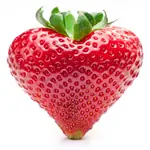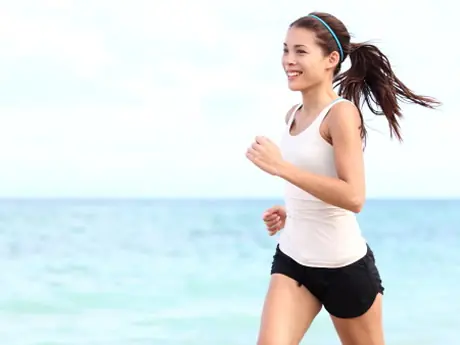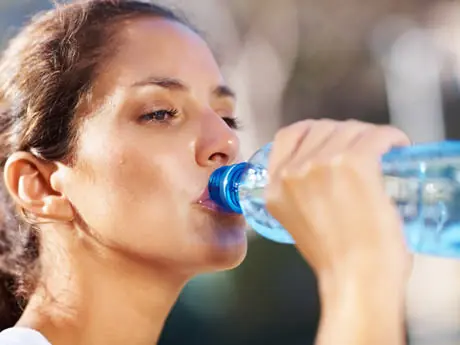Sodium and potassium go together like yin and yang. They are the two primary electrolytes in your body, working together to maintain fluid balance in cells, blood plasma and extracellular fluid. Potassium is found primarily inside cells, and sodium is the main electrolyte in extracellular fluid.
Although athletes don't need a thorough understanding of all the complex aspects of electrolyte biochemistry, a basic understanding of the sodium-potassium balance is critical for better hydration.
More: Electrolytes 101
Potassium Facts
The recommended daily intake is 4.7 grams. That's 4,700 milligrams. But most people get much less than that from their diet.
Potassium is a key regulator of blood pressure.
Humans evolved on a high-potassium diet, full of plant foods, and our kidneys are well adapted to excrete excess intake of this mineral.
Most potassium is lost in urine. Very little is lost in sweat.
More: Measure Your Sweat Loss for Optimal Hydration
Sodium Facts
Humans evolved to conserve sodium because primitive diets were very low sodium.
The absolute minimum daily sodium intake needed to support health, assuming no losses in sweat, is a mere 180 milligrams per day.
Excess sodium intake can raise blood pressure.
More: Are You Eating Too Much Salt?
The recommended daily limit on sodium intake is now 1,500 milligrams, the amount in about 2/3rd teaspoon of salt.
Sodium loss in urine and sweat is adapted to intake. In other words, the more salt you eat, the more sodium in your sweat.
More: What Your Urine Says About Your Health
Potassium Intake for Athletes
First, regardless of your activity level, you should focus on high potassium foods for general good health. Muscle function, bone strength and nerve signaling all depend on adequate potassium. Potassium from plant foods is the best form, so pick several high potassium foods every day, such as:
- Bananas
- Potatoes
- Tomatoes and tomato juice
- Oranges and orange juice
- Dates
- Raisins
- Soy beans, tofu and edamame
- Legumes and refried beans
- Sweet potatoes
- Greens, such as spinach, kale and beet greens
- Broccoli
- Whole grain foods
- Other fruits and vegetables
- 1
- of
- 2
About the Author









Discuss This Article